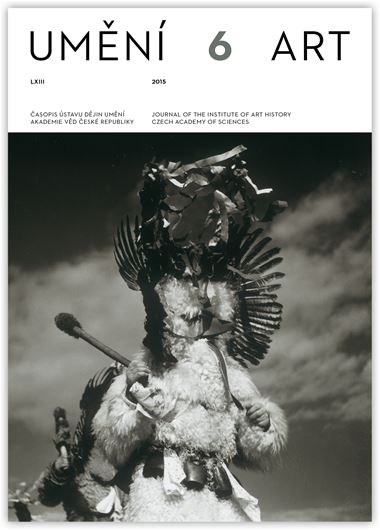Vendula Hnídková
Moskva viditelná a neviditelná. Předvoj socialistického realismu v české architektuře
Socialist Realism is one of the few art styles that did not spontaneously originate in artistic circles but developed rather as a direct political commission. Artists were dictated to from the echelons of power in post-war Czechoslovakia and had to make a great effort to discover the optimum forms of this art. The Czech public had, however, already been acquainted with this cultural phenomenon in the 1930s through the press, in art work, and on personal trips around the Soviet Union. Mass conventions became a specific and popular instrument for advancing the new visual canon. Some Czech artists were among the guests of such events and reported on them. This article focuses on a subject hitherto neglected in Czech research, namely, the First All-Union Congress of Soviet Architects, which was held in June 1937 in Moscow. Amidst the atmosphere of the ongoing political trials an extraordinary spectacle was staged that was intended to endorse the method of Socialist Realism as the obligatory creative principle among Soviet artists. The course and outcome of the congress, however, did not produce as convinced and unquestioning response to Socialist Realism as the organisers had wished. Reports and testimonies to this remarkable public debate can be read in primary sources and in the daily press and journals from that time. A particularly valuable group of contemporary documents are the reports and memoirs of the architects invited from abroad to take part in the congress in Moscow. They included such notable names as Frank Lloyd Wright, Sven Markelius, Harald Hals, Francis Jourdain, Marcel Lods, André Lurçat, Pavel Janák and Josef Gočár.
Full-text in the Digital Library of the Czech Academy of Sciences:
https://kramerius.lib.cas.cz/uuid/uuid:53476f18-da64-46a4-ad31-30801dd052d2
< back

